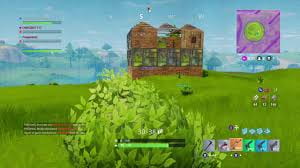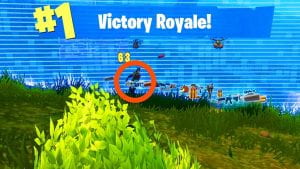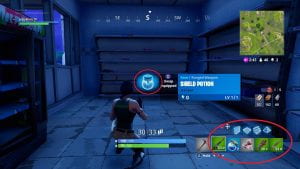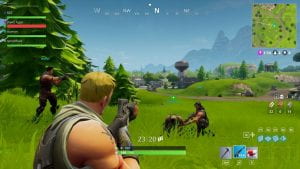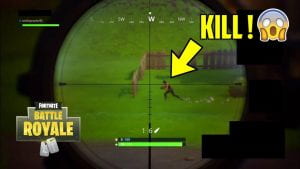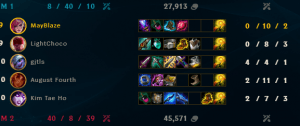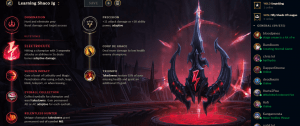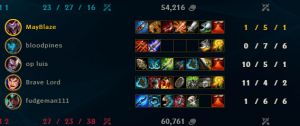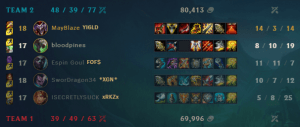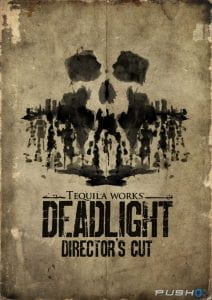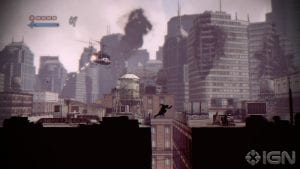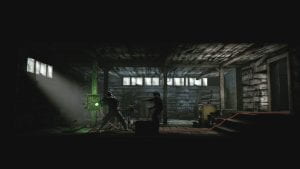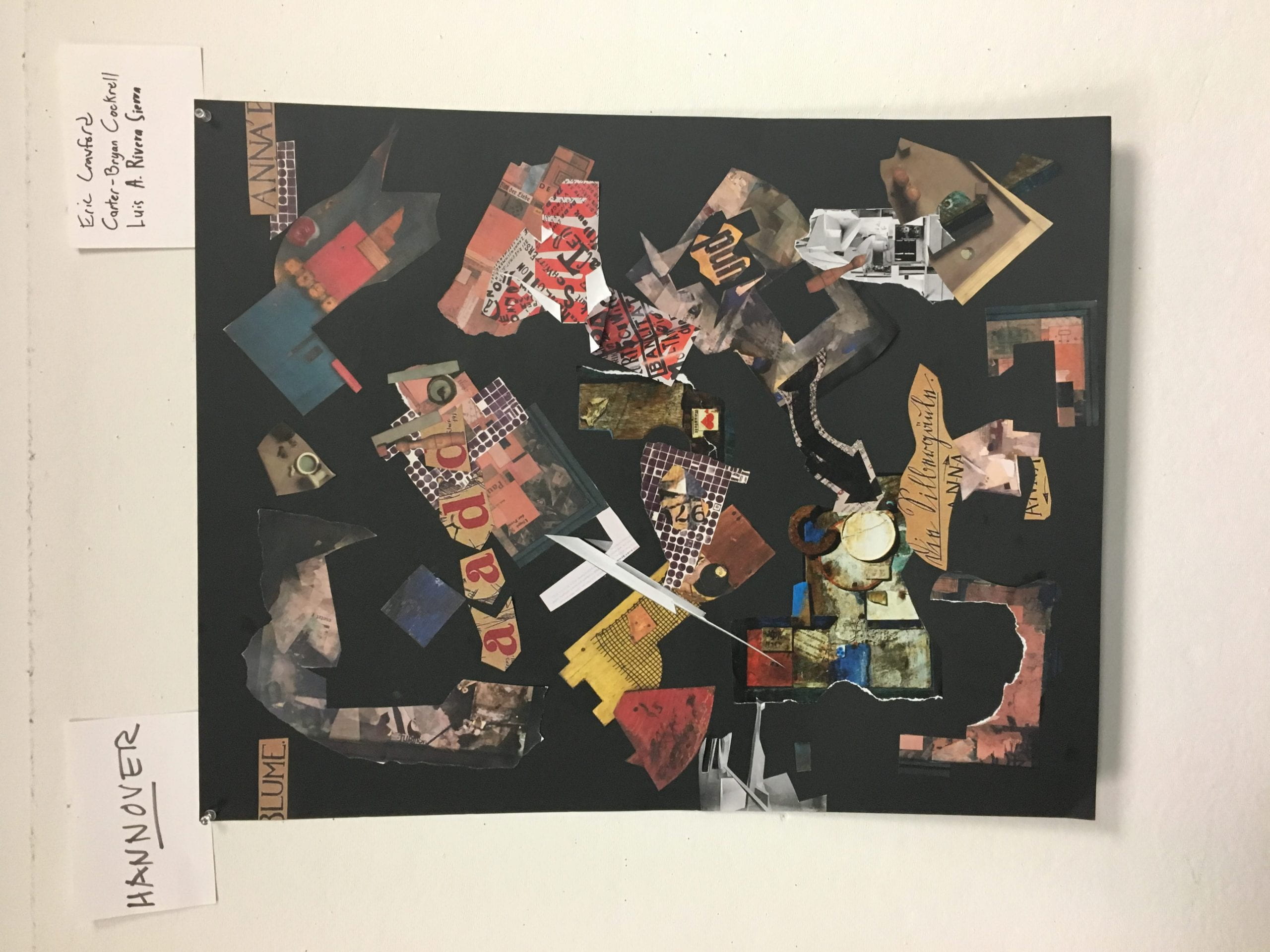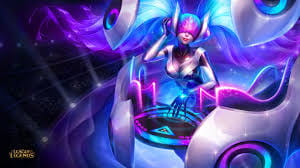ARTIST’S STATEMENT: In creating Score for Public Posting, I decided to explore the power of language to act upon itself. The score, a simple sheet of paper reading (boldly), “When you read this, please obscure one letter with paper, ink, hole, etc.,” contains its own destruction within itself. When left for long enough in a public place, the score grows gradually less and less legible, until its original meaning is impossible to discern.
Now, it is surprisingly easy to create a self-destructive public posting. Were I to print any number of curse words in bold and tape them up, they would surely come down quick. The essence of this piece, then, is not only to self-destruct, but to self-destruct slowly, and in a way that interacts with its audience.
The art object itself is a simple 8.5″ x 11″ sheet of printer paper, printed in bold 64pt Copperplate font. I chose a simple presentation because I wanted a viewer’s attention to be focussed on the words themselves, not their medium. The paper and ink serve only a tangential role in the score’s self-destruction. The power is in the words. Copperplate font is a simple, legible font with enough spacing between letters to allow for precise elimination of a single character.
I believe that this piece fits well within the framework of Fluxus for several reasons. First, it is playful: the piece invites interaction from its audience. Second, it possesses musicality: the “art” eventually produced is the mangled sentence that results after a dozen or so observers have acted upon the piece. Finally, it is easily mass-producible and distributable: anyone with access to a printer could perform this piece; it does not involve an elitist barrier to entry.
In creating this piece, I was particularly inspired by the self-destructive machines of Fluxus and Yoko Ono’s ability to harness the power of language and words to enact change upon a reader.
In the future, I am interested in exploring the opposite of this piece: works of language that theoretically self-propagate. Consider, for instance, a score consisting of the words: “Repeat this sentence to the next friend you see.”
DOCUMENTATION:
Piece 1: Curry Cafeteria:

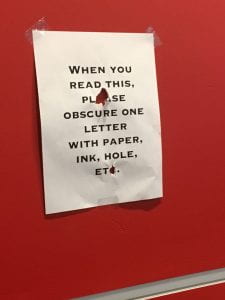
Original materials: printed paper, hole
Final materials: printed paper, hole
This piece has acquired a few extra holes in the days since I posted it, but no other modifications. Coincidentally, this is the only piece still posted.
Piece 2: Ryder Common Space
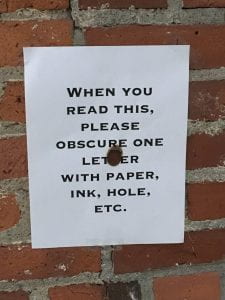
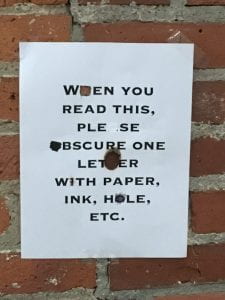

Original materials: printed paper, fire
Transitional materials: printed paper, fire, hole, ink, graphite, paper
Final materials: hole
I consider this piece to be my most successful. It stayed posted for almost two days and acquired a good half-dozen modifications of various types. It vanished last night, unfortunately.
Piece 3: Park Drive

Original materials: printed paper, ink
Unfortunately, this piece disappeared overnight before I was able to document any changes.
Piece 4: Centennial Common


Original materials: printed paper, leaf, tape
Transitional materials: printed paper, leaf, tape, hole, graphite, fire
Final materials: printed paper, leaf, tape, hole, graphite, fire, wind
This piece acquired a few traditional modifications, as well as one unorthodox one: the lower left corner appears to have been set on fire! Perhaps someone meant to burn away a letter and missed horrendously.
On a windy morning, I found the piece gone. I like to think that it’s still blowing from place to place and gathering modifications.

